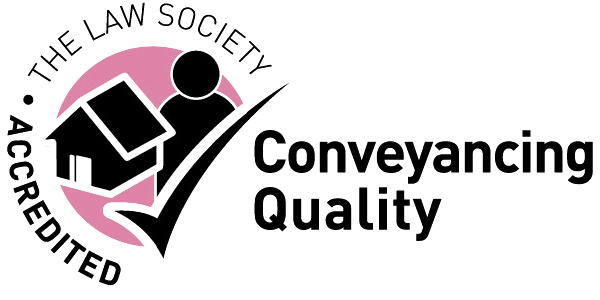Workplace Egalitarianism Does Not Mean Health And Safety Egalitarianism
19th December 2013
 The country’s workplaces have become more egalitarian, and while gaps remain in the amount of money men and women earn, these gaps have closed substantially in the last few decades, with slow progress continuing to be made. Gender equality has been at the heart of the UK’s policies for many years, as well as in the policies of the European Union, and this has seen women taking a greater role in the workplace and taking on typically ‘male’ jobs, such as jobs in the construction sector, with men also more likely to enter stereotypically female work, such as nursing or teaching.
The country’s workplaces have become more egalitarian, and while gaps remain in the amount of money men and women earn, these gaps have closed substantially in the last few decades, with slow progress continuing to be made. Gender equality has been at the heart of the UK’s policies for many years, as well as in the policies of the European Union, and this has seen women taking a greater role in the workplace and taking on typically ‘male’ jobs, such as jobs in the construction sector, with men also more likely to enter stereotypically female work, such as nursing or teaching.
However, while moves towards gender equality are much welcome, this trend has health and safety implications that some employers may be ignoring. The EU recently held a conference in Brussels, entitled ‘Jobs take their toll: The impact of ageing, gender and occupational hazards on workers’, which analysed some of these issues and considered ways that the problems posed by a more diverse gender mix in workplaces could be resolved.
Gender sensitivity prevents accident at work claims
Elke Schneider, from the EU-OSHA’s Prevention and Research unit, said that occupational limits regarding workplace chemical exposure are focused on jobs in the typically ‘male industry’, rather than focusing on the industrial diseases that female-majority workplaces may have to encounter. Hairdressers, for example, are constantly in contact with chemicals such as shampoos and dyes, while the nature of their job also puts them in danger of musculoskeletal disorders.
Exposure limits for dangerous substances should be designed with women in mind, and risk assessments need to consider the requirements of women more closely, she argued.
The problems faced by women with disabilities can be even greater, she noted, pointing out that these workers could face additional discrimination. Disability benefits in some countries are biased against women, and accident at work compensation systems and pension systems have not adapted to the gender-neutral workforce.
Are ‘women’s jobs’ really less arduous?
Ms Schneider pointed out that stereotypically-women’s jobs can actually be more strenuous and difficult than ‘men’s jobs’. A secondary analysis of the BAuA survey in Germany revealed that:
– Two thirds of healthcare workers need to carry heavy items and loads, compared with half of construction workers
– 93.8% of healthcare workers need to do their work while standing up, 36% have to work in uncomfortable postures, and 71% need to complete more than one task at a time.
These issues are causing women to have a bigger problem with work-related health and fitness than men, with the survey showing:
– 64% of women suffer from back pain, compared with 57% of men
– While 66% of women have pain in their shoulders and neck, just 54% of men do
– 27% of women think they can barely cope with work, compared with 16.6% of men
– 37% of women suffer from sleeping problems, compared with 19% of men
Furthermore, workplace accident rates among men decrease with age, but this does decrease does not occur for women, and women have a higher likelihood of being injured on the commute to and from work than men do.
To deal with these problems, Ms Schneider suggested that policies need to be enacted to ensure that health and safety regulations and personal protective equipment are designed with women in mind, rather than just men.

